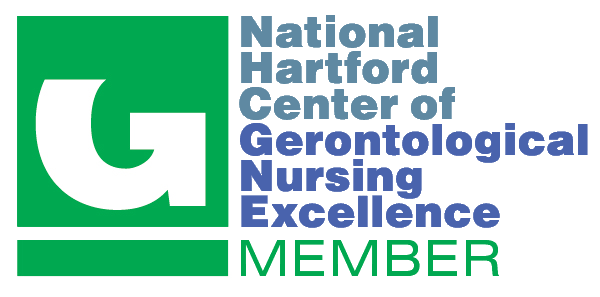Doctor of Nursing Practice Program
Pamela Plucinski, DNP, MS, PMHNP, PMHCNS, BC

-
Committee Chair Name & Credentials:
Rose Vick, PhD, PMHNP-BC -
Committee Member Name & Credentials:
Ty Williams, DNP, ACNP, FNP-BC, CNE
DNP Project Abstract
Patient Search Procedure Revisions to Increase Safety on Adolescent Inpatient Psychiatric Units
Purpose
Suicide is the 2nd leading cause of death amongst individuals between the ages of 10-14yrs (1) and 18% of 64,000 teens sampled report purposely injuring themselves (2). Safety of all stakeholders on the psychiatric inpatient unit is the top priority and safety is compromised when contraband enters a locked inpatient psychiatric unit. Creating standardized evidenced based trauma informed personal search procedures decreases risks and increases safety while providing high risk suicidal adolescents inpatient level of care. Without a well defined, standaradized, evidenced based policy and procedure by which staff perform a personal search of patients, unsafe contraband items can enter the inpatient units. This project reviewed the current personal search policy and procedure and suggested revisions.
Methods
This healthcare policy revision project involved translating evidence into procedural changes with adolescent patients being admitted to the locked inpatient psychiatric units. The quality and safety director approved the project before it began. The adolescent psychiatric inpatient units are located within a free standing not for profit psychiatric hospital. There were 8 participants in the project. One staff nurse and one nurse practitioner, a nurse educator, the director of quality and safety, an informaticists, the associate director of adolescent inpatient units, the director of nursing education, and the director of risk and regulatory.
There was a period of direct observation with staff and patients during the admission personal patient search process. The hospital based incident reporting system was reviewed for events of contraband. Following a leterature review, revisions were suggested to the current personal search policy and procedure.
Results
Eight participants completed the HrPAT and demographic paper. The results were as follows; one (12.5%) participant reported having been in their profession for 1-5years, while two (25%) participants reported having been in their profession for 6-10years. Two (25%) participants reported having been in their profession for 11-15 years, three (37.5%) participants reported having been in their profession for 15+years. One (12.5%) participant was 21-30 years of age, three (37.5%) participants were 31-40 years of age, two (25%) participants were 41-50 years of age, one (12.5%) participant was 51-60 years of age and one12.5% participant was 61+ years of age.
Domain score precentages from HrPAT were calculated according the the authors directions. The goal is to have a domain score percentage as close to 100% as possible, which is indicative that all criteria have been addressed completly in the given domain and that the evidence demonstrating the criteria have been addressed and are of high quality. The HrPAT domain score percentages were 81.3% for domain one (context), 72.9% for domain two (process), 84.0% for domain three (content), 66.7% for domain four (stake holder consultation), 70.8% for domain five (implementation), and 62.5% for domain six (evaluation).
Implications for Practice
Current research supports a standardized personal search procedure to reduce risk of injury and increases safety. Evidenced based research supports that there are risks related to contraband and an elevated risk of self injury and self harm from contraband brought into and inpatient unit by patients. Current limitations in research center around absence. There is a need for active and ongoing research and the general lack of supporting data on adolescent inpatient programs regarding safety and self injury from personal searches doesnt exsist.
Safety is the over arching goal on inpatient adoelscent units when it truly is a matter of life and death. All patients that are admitted at the highest level of inpatient care are an emminent risk they themselves and others. It is imperative that we continue research that is focused on care delivery that is trauma informed, standardized and reduces contraband in increases safety.




